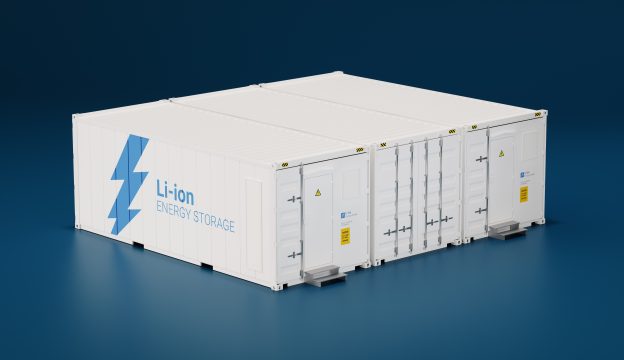
Australian scientists have recently developed a new type of “solar chimney”, which claims to save half of energy costs and facilitate fire escape, though how is a chimney supposed to help people escape from buildings that are flooded with fire, smoke, and high temperature?
The new type of solar chimney designed by the Royal Melbourne Institute of Technology (RMIT University) enhances the efficiency in air convection and smoke exhaustion of a building primarily through “stack effect”. The hot air (smoke) amidst a fire scene has lower density, and will ascend rapidly along the stairs or the lifts, which is why people are told to not escape by going up a building during a fire.
The smoke that appears at a fire scene does not begin as “thick smoke”. First, water is evaporated into white smoke, and as oxygen gradually depletes, black smoke starts to emerge; black smoke contains carbon monoxide, carbon dioxide, and a combustible thick smoke of toxic gas, which leads to unconsciousness or death by asphyxiation once inhaled. The black smoke also hinders the escape route by reducing the visibility, and opening windows or providing sufficient oxygen level during this time would transform the thick smoke into flames, which is the most dangerous thing to do in a fire.
The research team hopes to utilize the stack effect to rapidly discharge the smoke and reduce the possibility of respiratory burns or carbon monoxide poisoning due to thick smoke. As pointed out by the team, subsequent to the hot air ascending and discharging through the chimney, more airflow will be extracted from the bottom to accelerate the convection and circulation within the building in order to maintain the visibility on the escape route.

The above picture depicts a carbon monoxide concentration model after a fire has occurred for 16 minutes. The top part indicates the scenario with a solar chimney installed, which shows significant difference in the concentration of carbon monoxide compared to the bottom with no solar chimney installed.
As pointed out by the team’s model, a solar chimney can assist people in extending the time to escape from a fire scene from 2 minutes to more than 14 minutes. Researcher Long Shi expressed that every second is crucial during an emergency, and the longer the escape time one has during a fire the better. The team’s research also suggested that the solar chimney is both safe and eco-friendly.
However, a clear understanding of the building’s design is essential to knowing how much of a help a solar chimney is to fire escape, since air flow can also contribute to a bigger flame, though it is certain that a solar chimney can achieve both “ventilation” and “smoke exhaustion” according to the early research by the team at the College of Engineering from the RMIT University. Shi commented that a precise modeling is the first step to understanding how much longer of the escape time can a solar chimney extend to.
The research team has already installed the solar chimney on the Mentone Reserve Pavilion in Kingston City. Georgina Oxley, Mayor of Kingston City, expressed that using green energy to provide heat and reduce heat for buildings is able to satisfy the eco-friendly objectives for the Parliament of Australia, as well as strive for longer escape time during a fire.
This research of RMIT opens up new purposes of solar chimney, which is usually an important design of a green building that allows a building to be warm during winter and cool during summer, and reduces more than 50% of energy costs. Furthermore, apart from smoke exhaustion, a solar chimney is also capable of absorbing outdoor air into the tower through the descending airflow when the temperature within the chimney (indoor) is lower than outside, making it possible for air conditioning during summer time.
With or without a solar chimney, one must respond swiftly according to the situation during a fire, since survival is what matters at the end despite the importance of escaping, e.g. close doors upon discovery of thick smoke, wet towels are not much of use, do not hide in the toilet, and escape by descending the building.
(Cover photo source: RMIT University)







